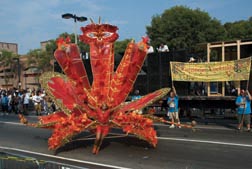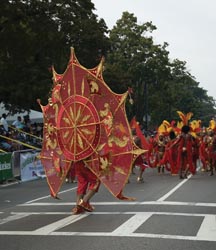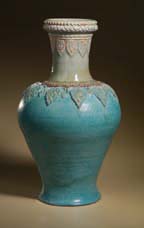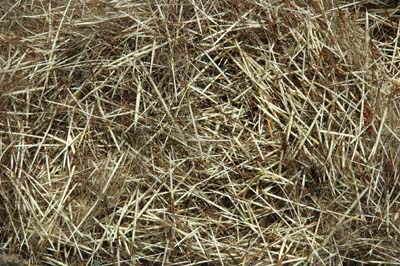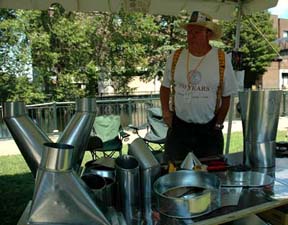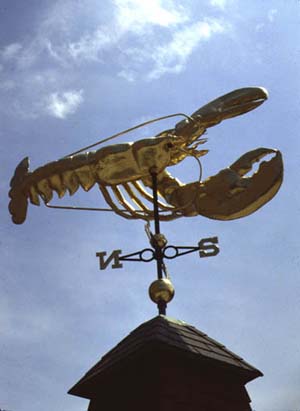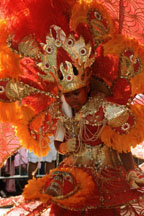
 After almost four years of work, Keepers of Tradition: Art and Folk Heritage has opened at the National Heritage Museum in Lexington. The response has been heartening – especially from artists, who feel honored, as they should. Their work is often seen only by family members — like the cutwork embroidery of Aline Drivdahl or by the specific community in which it is displayed — like the costumes of local mas bands at Boston’s Caribbean Carnival.
After almost four years of work, Keepers of Tradition: Art and Folk Heritage has opened at the National Heritage Museum in Lexington. The response has been heartening – especially from artists, who feel honored, as they should. Their work is often seen only by family members — like the cutwork embroidery of Aline Drivdahl or by the specific community in which it is displayed — like the costumes of local mas bands at Boston’s Caribbean Carnival.
The media coverage and reviews are starting to come in. WBUR’s Here and Now host Robin Young spoke with me recently about some of the artists featured in the exhibition. WGBH’s Greater Boston producer Jared Bowen paid a visit to the show.
Below are links to a sampling of reviews:
“. . . this exhibition is more than just an exhibition. It’s one part of a much bigger project, which includes Holtzberg’s excellent catalog essay (it explains the stories behind the various objects in some depth) and, beyond both the show an dthe catalog, a great deal of valuable documnetation which can only help in the attempt to keep these traditions alive . . .” Sebastian Smee, Boston Globe
“ Keepers of Tradition reflects the diversity of the state better than any art show you’re likely to see for a long time.” -Greg Cook, The Boston Phoenix
“An engaging, informative exhibit . . .Think of this fascinating show as a tour through the markets and bazaars of the world with no haggling.” – Chris Bergeron, Metrowest Daily News
“. . . head to the National Heritage Museum in Lexington for the enthralling exhibit “Keepers of Tradition: Art and Folk Heritage in Massachusetts.” This is not your mom’s folk art show: check out the stone fence, the sheet-metal “tin men,” and the boat making, as well as the scrimshaw, quilts, and redware pottery. – Stephanie Schorow, Sidekick, Boston Globe
Visit www.massfolkarts.org for more on the exhibition.
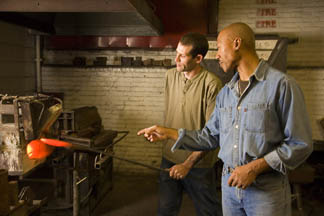



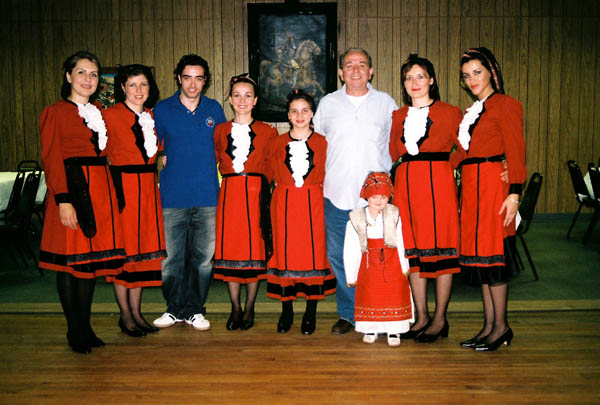


 After almost four years of work, Keepers of Tradition: Art and Folk Heritage has opened at the
After almost four years of work, Keepers of Tradition: Art and Folk Heritage has opened at the 